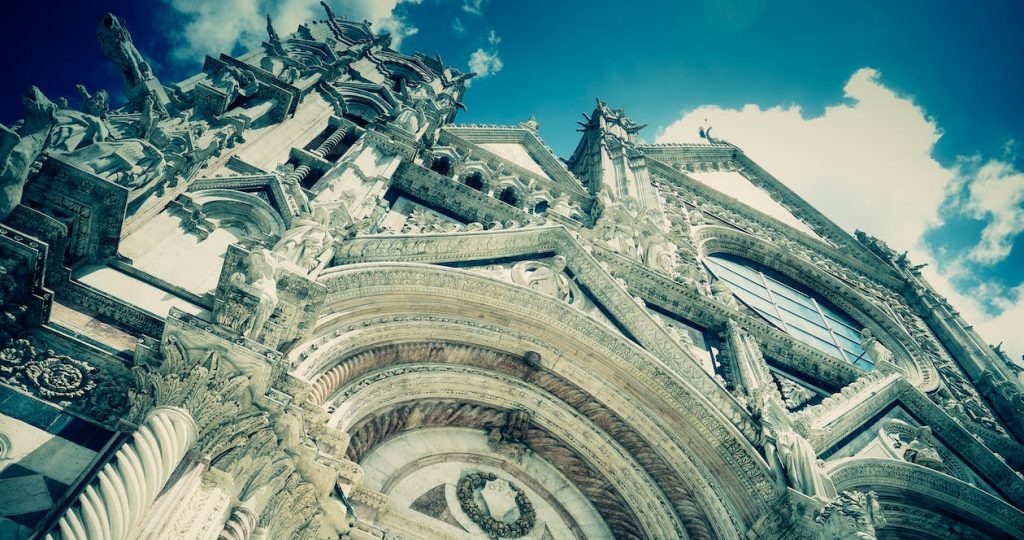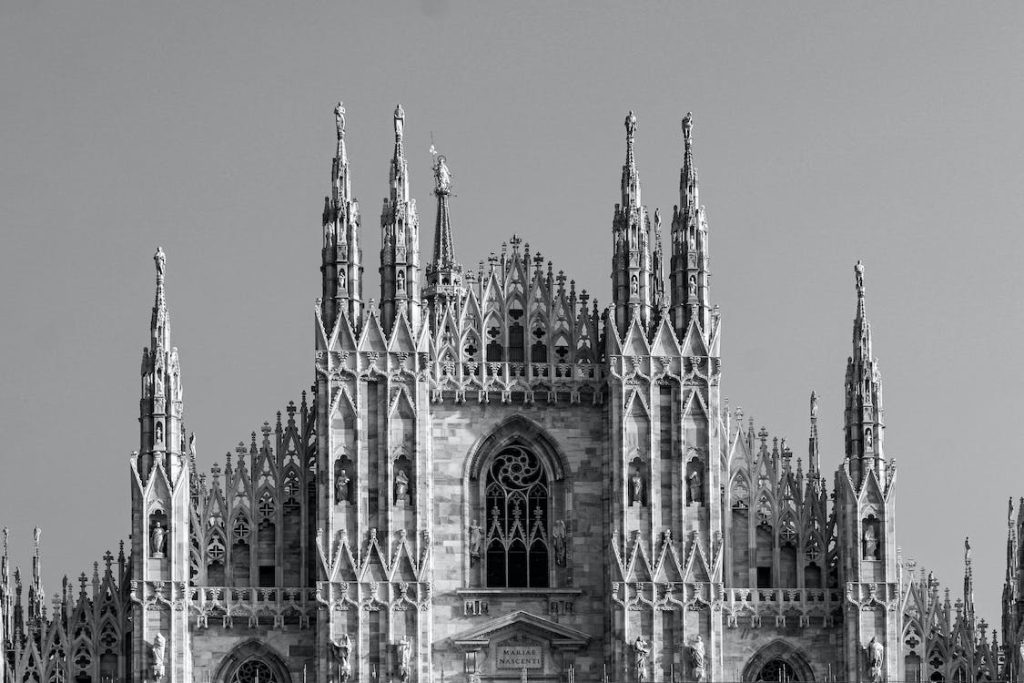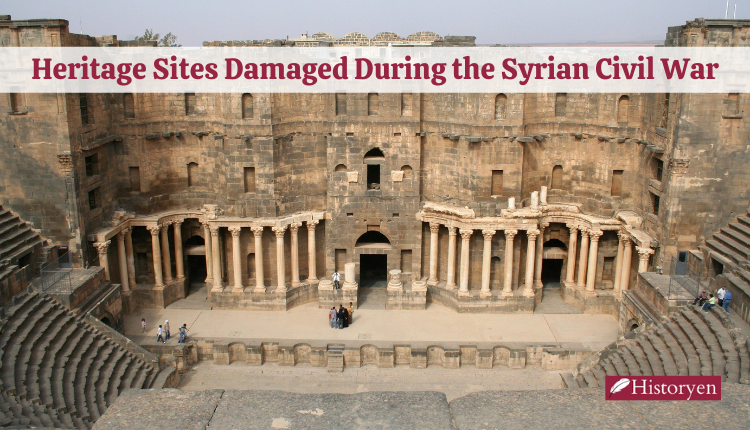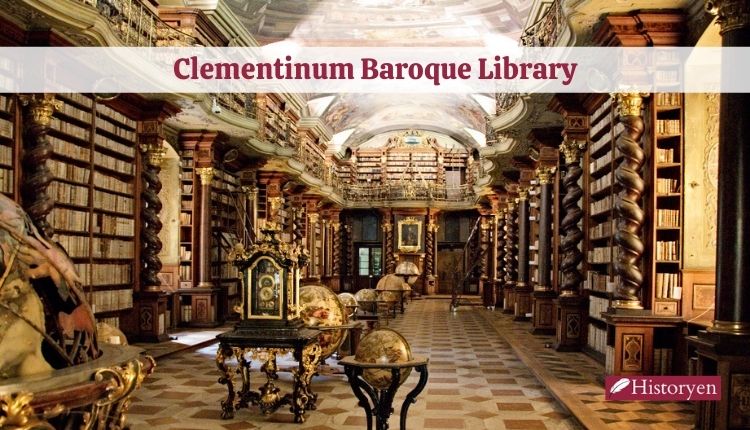Introduction
Nestled in the enchanting heart of Tuscany, Italy, stands a remarkable architectural marvel, the Duomo di Siena. This majestic cathedral, also known as the Siena Cathedral, is a testament to the Gothic architectural prowess of its time. Its stunning beauty, intricate design, and historical significance have made it an iconic landmark that draws thousands of visitors from around the world. In this article, we will embark on a journey to explore the rich history, captivating art, and spiritual significance of the Duomo di Siena.
A Glimpse into History of Duomo di Siena

Origins of the Duomo di Siena
The Duomo di Siena, also known as the Siena Cathedral, is a remarkable masterpiece of Gothic architecture located in the city of Siena, Tuscany, Italy. Its construction began in the year 1215, following a decision by the Sienese authorities to build a grand cathedral that would rival the magnificence of other Italian cities.
The initial plan was ambitious, envisioning a cathedral that would reflect the prosperity and piety of the city. The chosen location for the cathedral was the site of the current Piazza del Duomo, where a small church dedicated to Santa Maria Assunta stood.
The architects and builders of the Duomo di Siena drew inspiration from both Romanesque and Gothic architectural styles, resulting in a unique fusion that sets it apart from other cathedrals of its time. This blend of architectural elements can be seen in the design of the facade and interior, showcasing the creativity and vision of the master craftsmen involved.
However, the construction of such a grand cathedral was not without its challenges. The construction process extended over several generations, and it was not until the mid-14th century that the main structure of the Duomo was completed. Despite the long duration, the dedication of the Sienese people to their cathedral remained unwavering, and each generation added its own artistic touch to the ongoing project.
One of the most notable features of the Duomo di Siena is the distinctive black and white marble stripes adorning its facade. This intricate marble work was done by various skilled sculptors and artisans, adding to the splendor of the cathedral.
Throughout its history, the Duomo di Siena has undergone several renovations and expansions, reflecting the evolving architectural trends of different eras. Despite these changes, the essence of the original Gothic design has been meticulously preserved, making it a timeless masterpiece that continues to inspire awe.
Today, the Duomo di Siena stands as a testament to the rich history and cultural heritage of the city. It is not only a place of worship but also an architectural gem that attracts tourists, historians, and art enthusiasts from around the world. Its significance goes beyond religious boundaries, as it symbolizes the enduring spirit and creativity of the people of Siena.
The Duomo di Siena remains an exceptional example of the harmonious coexistence of art, architecture, and spirituality, standing tall as a living monument to the skill and ingenuity of the medieval craftsmen who brought this grand vision to life.
Unraveling the Architecture of Duomo di Siena
The architecture of the Duomo di Siena is a captivating fusion of Romanesque and Gothic styles, showcasing the ingenuity and creativity of the master builders and architects involved in its construction. From its stunning facade to its awe-inspiring interior, the cathedral is a testament to the skilled craftsmanship and artistic vision of its time.
The Facade and Exterior
The facade of the Duomo di Siena is a mesmerizing work of art, crafted from alternating stripes of white and greenish-black marble. This intricate marble facade is one of the most recognizable features of the cathedral and immediately captivates visitors with its grandeur and beauty.
Sculptures and Artistic Details
Adorning the facade are an array of intricate sculptures and decorative elements. Among the prominent sculptures is the central rose window, an exquisite piece of Gothic design, surrounded by delicate tracery and ornate moldings. Other sculptures depict biblical scenes and saints, adding depth and symbolism to the overall composition.
The Porta del Cielo (Gate of Heaven)
One of the remarkable features of the Duomo’s facade is the Porta del Cielo, also known as the Gate of Heaven. It is a series of intricately carved panels located above the central portal. Created by Lorenzo Ghiberti and his workshop, the panels depict scenes from the Old Testament, including Adam and Eve, Noah’s Ark, and the creation of Adam.
The Interior
Stepping inside the Duomo di Siena is a breathtaking experience. The interior is characterized by soaring marble columns, graceful arches, and a vast nave that draws the eyes upwards towards the stunning vaulted ceiling.
Stained-Glass Windows
The cathedral’s stained-glass windows are a sight to behold. These colorful masterpieces date back to different periods, with some originating from the 14th century. The windows depict biblical scenes and saints, allowing sunlight to filter through and fill the interior with a warm and ethereal glow.
Mosaic Floor
The mosaic floor of the Duomo is a true work of art in itself. Comprising over fifty panels, the floor is an intricately designed tapestry of biblical stories, allegorical representations, and mythological symbols. The black and white patterns of the floor are a feast for the eyes and hold significant historical and religious importance.
Pulpit by Nicola Pisano
The impressive pulpit within the Duomo is a masterpiece by the renowned sculptor Nicola Pisano. The pulpit features detailed reliefs depicting scenes from the life of Christ and the Nativity. The intricate carvings and attention to detail make it a prominent example of Gothic sculpture.
The Magnificent Art and Treasures of Duomo di Siena

The Piccolomini Library
One of the highlights of the Duomo is the Piccolomini Library, a treasure trove of rare manuscripts, illuminated texts, and ancient volumes. The library’s ceiling frescoes, painted by Pinturicchio, depict the life of Pope Pius II, an extraordinary spectacle of artistry.
The Baptistry
The Baptistery of the Duomo di Siena is a separate structure located nearby, renowned for its bronze baptismal font crafted by master sculptors like Donatello, Jacopo della Quercia, and Lorenzo Ghiberti.
The Majesty of Duccio’s Maestà
The Duomo houses the renowned Maestà, a magnificent altarpiece painted by the revered Sienese artist Duccio di Buoninsegna. This masterpiece reflects the transition from the Byzantine style to the emerging Gothic art.
Spiritual Significance and Traditions

The Pulpit by Nicola Pisano
The intricately carved pulpit within the Duomo, created by Nicola Pisano, holds immense historical and religious importance. The ornate designs narrate biblical events and draw visitors into the essence of the Christian faith.
The Palio di Siena
The Palio di Siena is a world-famous horse race held twice a year in the Piazza del Campo, just outside the Duomo. This event, a tradition dating back to medieval times, is a symbol of pride and community spirit for the people of Siena.
Conclusion
The Duomo di Siena is more than just a religious monument; it is an extraordinary fusion of history, art, and spirituality. Its ethereal beauty continues to captivate art enthusiasts, history buffs, and devotees alike. Visiting the Duomo is an experience that transports visitors back in time and allows them to marvel at the ingenuity of human creativity.



